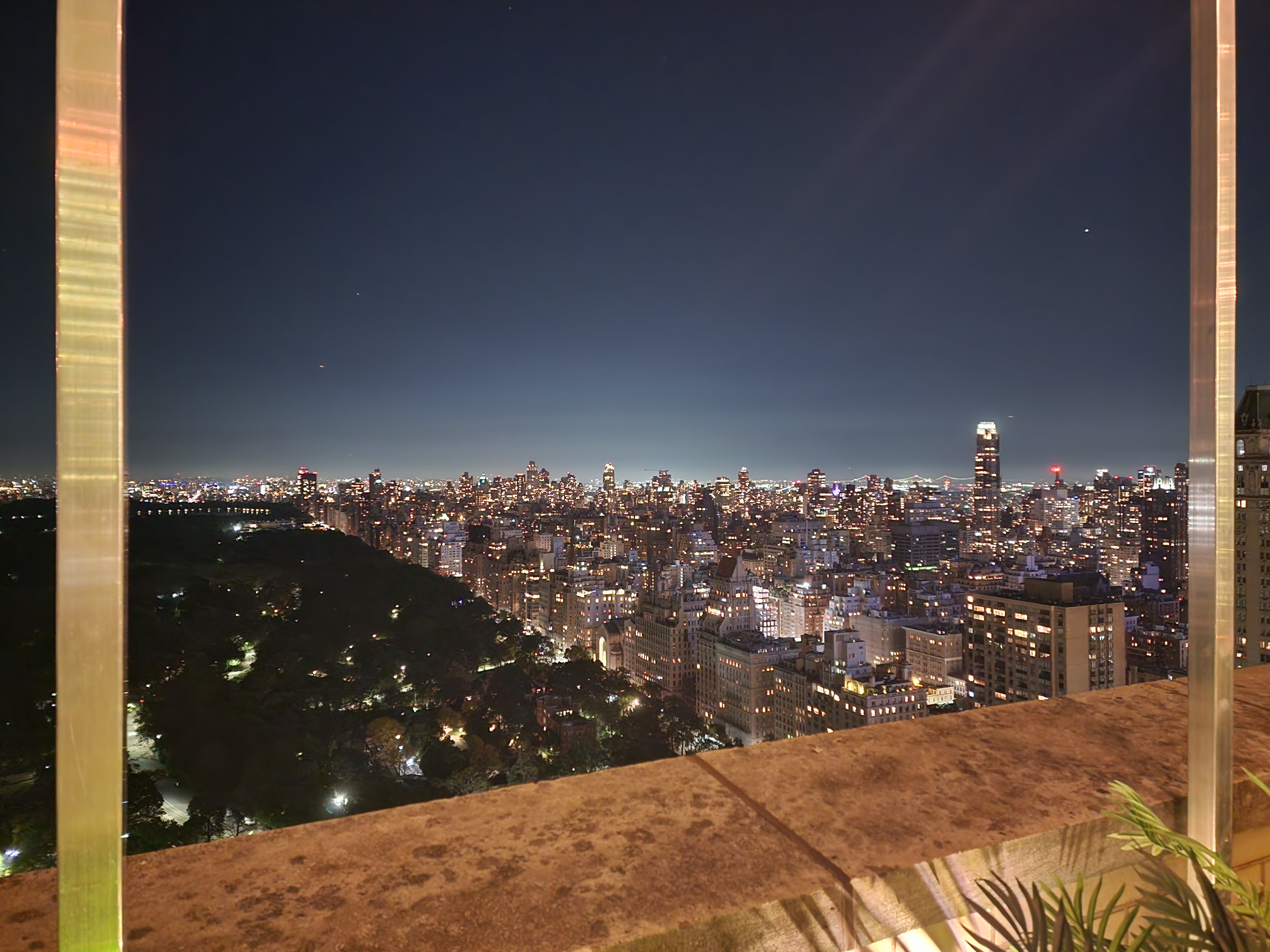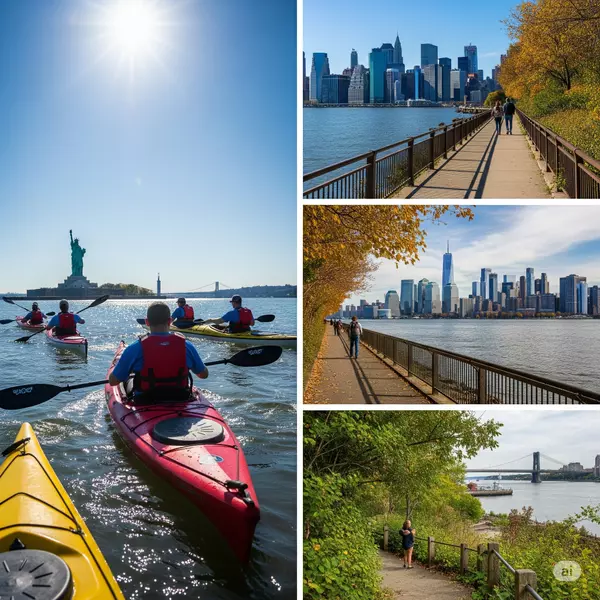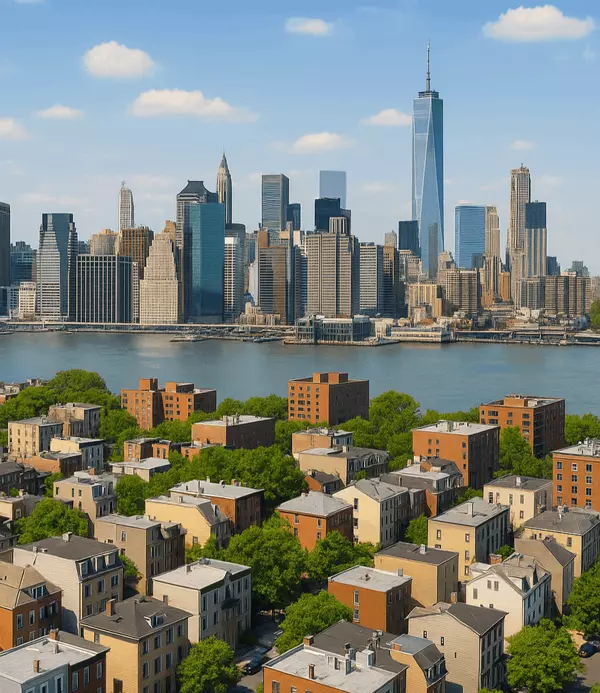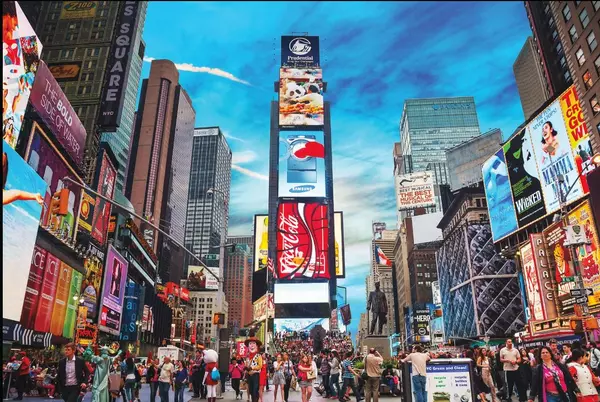Learning about Real Estate: Air Rights Trading

Happy Halloween to all our WJFNY Families!
For this month's article, we will be kicking off the first of a Learning series about Real Estate. Hope you find it as informative as we do.
Air rights trading is a unique and intricate aspect of urban development in New York City, allowing property owners to transfer or sell unused development rights to neighboring or distant properties. This practice has been a critical tool in the city's efforts to maximize land use, increase density, and spur economic development while preserving historic and low-rise areas. In this article, we will delve into the concept of air rights trading in NYC, its history, regulations, and impact on the city's skyline.
The concept of air rights, also known as development rights, stems from the idea that owning property includes not only the land itself but also the rights to develop above it. In a densely populated city like New York, where space is limited and property values are high, these rights have significant value. Property owners can choose to utilize these rights by constructing additional floors on their buildings or, more commonly, sell them to others in need of increased development capacity.
The origins of air rights trading in NYC can be traced back to the 1961 Zoning Resolution. This zoning code established a framework for regulating building heights, densities, and land use across the city. It introduced the concept of transferable development rights (TDRs), which allowed property owners to sell their unused development rights to developers in designated receiving areas. The primary goal of this system was to encourage the preservation of historic landmarks and open spaces by permitting development in other parts of the city.
One of the most iconic examples of air rights trading in NYC is the St. Patrick's Cathedral. The Cathedral sold its air rights to the developer of the nearby Rockefeller Center, allowing for the construction of taller buildings. This arrangement showcased how air rights trading could benefit both the landmark and the developer. It enabled the preservation of a historic structure while facilitating urban growth.
The regulations surrounding air rights trading are complex and specific to each property. The key factors determining the feasibility and value of these transactions include the zoning regulations of both the sending and receiving properties, as well as any landmark preservation rules. Typically, the selling property must have unused development rights due to restrictions on its own development or because of its historical significance. The buyer's property, the receiving site, must be in a location where increased density is permitted.
Air rights transactions involve a meticulous process that includes appraisals, negotiations, and regulatory approvals. These deals can also involve various parties, including property owners, developers, and city agencies. The Department of City Planning in NYC oversees these transactions and ensures compliance with zoning regulations.
Air rights trading has had a profound impact on the New York City skyline. It has allowed for the creation of iconic skyscrapers, such as One Vanderbilt, which was able to rise to over 1,400 feet by purchasing air rights from Grand Central Terminal. This additional height and development capacity contribute to the city's economic growth and competitiveness by accommodating new businesses and providing additional office space.
Critics argue that air rights trading can lead to overdevelopment, casting shadows on public spaces and altering neighborhood character. Balancing economic growth with responsible urban planning is an ongoing challenge. Consequently, the city has implemented safeguards, such as floor area ratio (FAR) restrictions and height limits, to ensure that air rights trading does not result in excessive density.
In conclusion, air rights trading in New York City is a complex and valuable tool that allows property owners to maximize the development potential of their land while preserving historic landmarks and open spaces. It has played a significant role in shaping the city's skyline and fostering economic development. However, careful regulation is necessary to strike a balance between growth and responsible urban planning to ensure the continued vibrancy and character of the city.
Categories
Recent Posts










